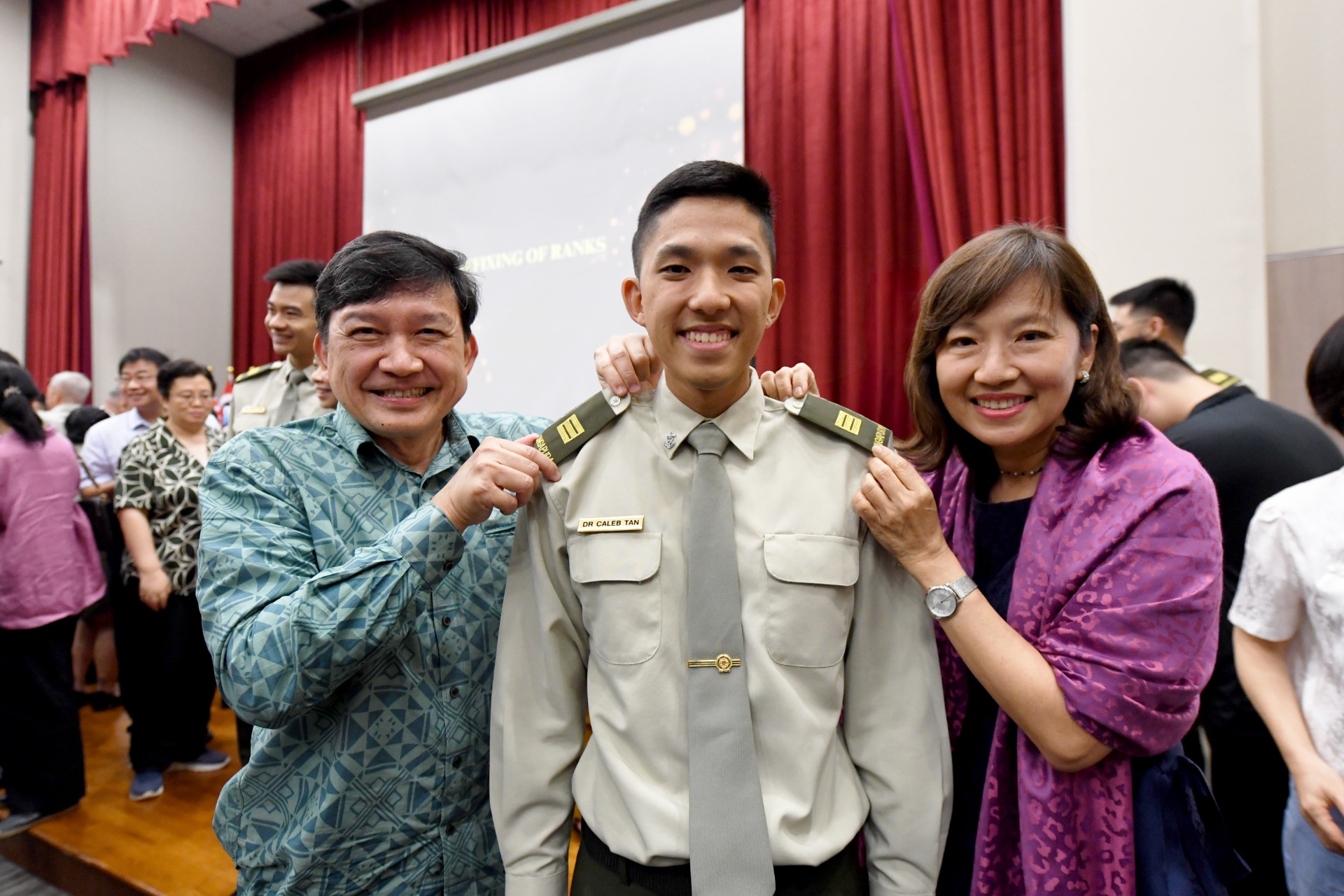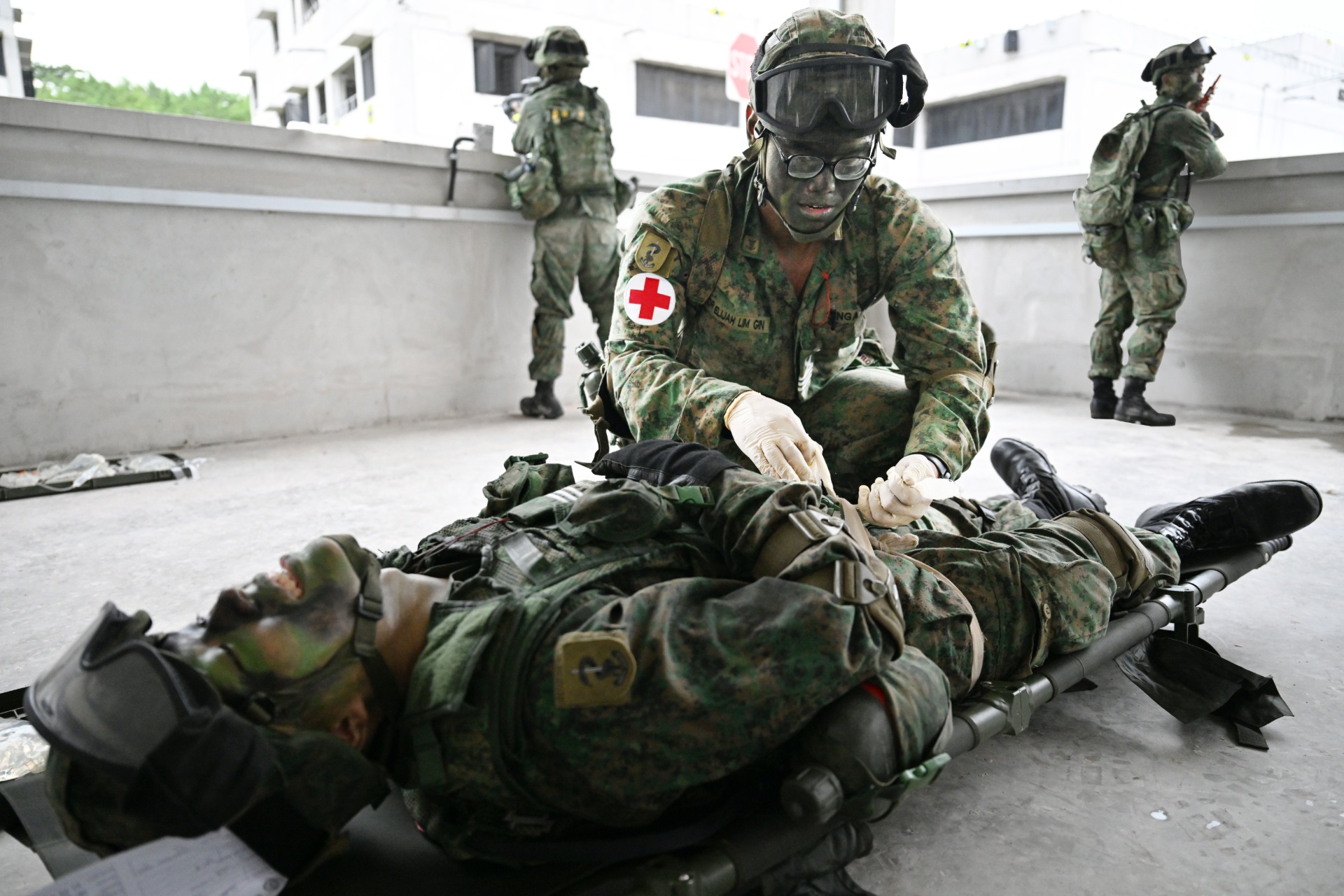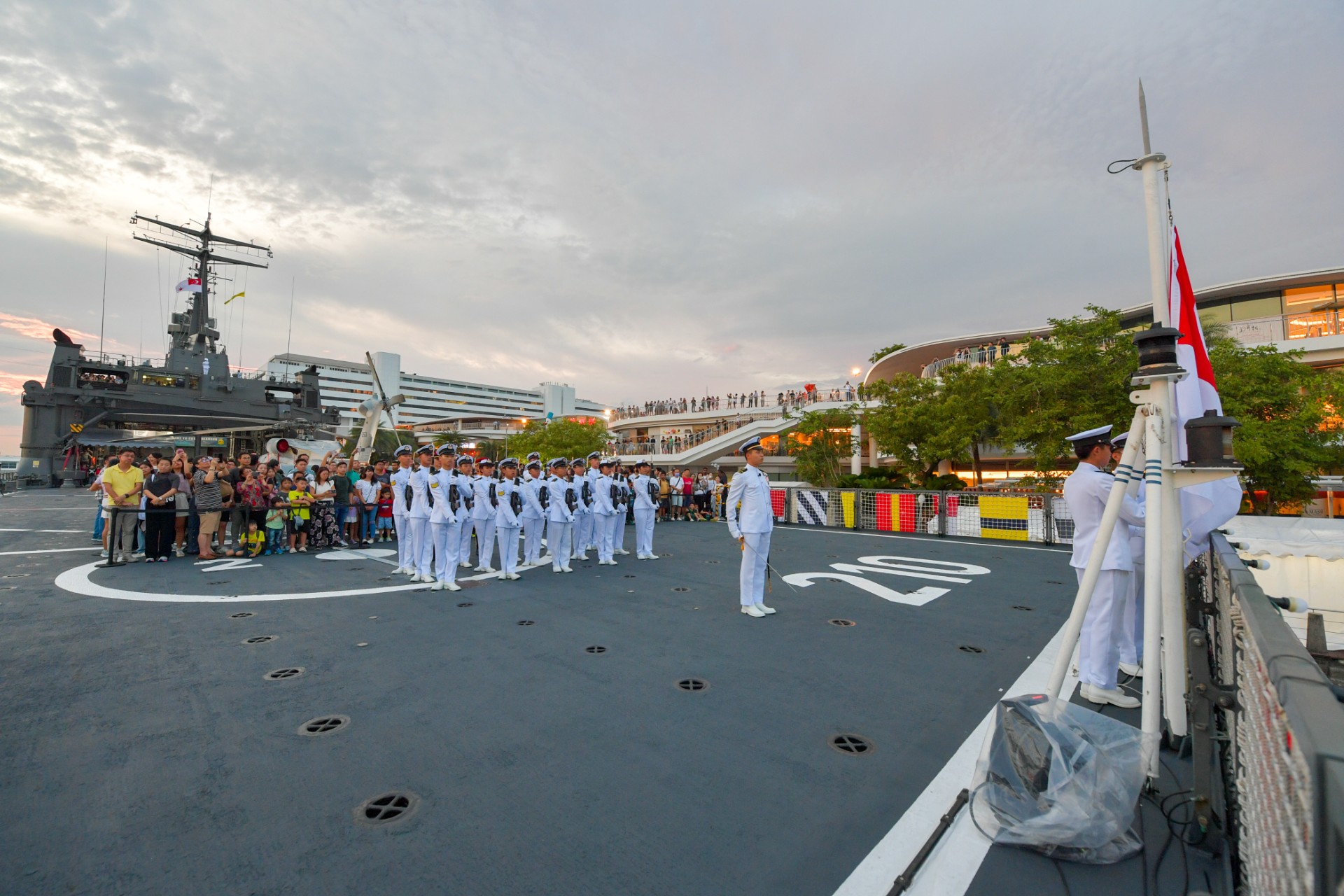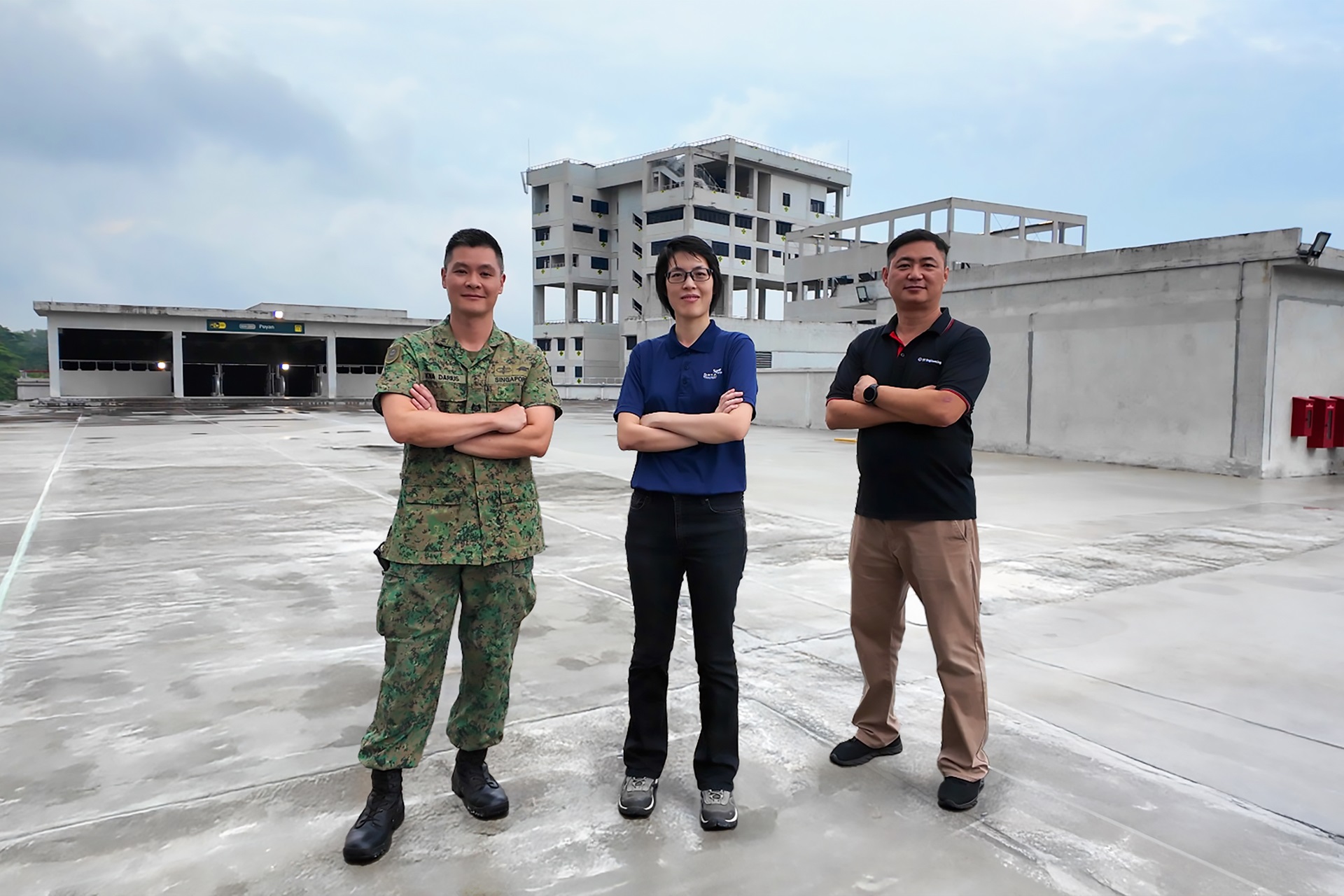RADAR IN THE SKY
PHOTO // Courtesy of Lockheed Martin
At night, it can often be mistaken for an unidentified flying object (UFO) that will thrill sci-fi enthusiasts. But in reality, the 74K Aerostat is an important combat support asset that assists the US Army in maintaining their vigilant guard.
It does not fire missiles, fly at high speeds or drop bombs. Instead, the 74K Aerostat floats casually in the skies - a helium-filled balloon anchored to the ground. Despite its unimposing appearance, the giant contraption (which resembles a plain white airship) plays an integral role in the military.
Unlike the hot air balloon which is often used for recreational joyrides, the 74K Aerostat System is primarily a combat support element that serves as the main core of the United States (US) Army's Persistent Threat Detection System (PTDS).
As the term "persistent" suggests, this aerostat can be operational for more than 20 continuous days, far longer than conventional surveillance aircraft. Aerostats also have the advantage of being less resource intensive to operate.
With an operational radar range of over 160km and operational altitude of 1,500m, the aerostat provides soldiers with knowledge of the ground situation in real time, as well as communications assistance while remaining out of range of most enemy threats.
How it differs from ground-based radars is that an airborne radar's low-level coverage is better because it is not obstructed by obstacles on the ground such as high-rise buildings.
Developed by Lockheed Martin, the 74K Aerostat's low-level coverage, which allows it to detect surface and low-flying targets, also complements the surveillance capability of ground-based radars.
Design and payloads
The high buoyancy of helium (a gas much lighter than air) allows the aerostat to remain afloat. This aerostatic lift is what differentiates it from traditional aircraft which utilise aerodynamic lift - where a part of the aircraft is moving through the surrounding air mass to lift the craft.
To maintain stability, the aerostat is always pointed into the wind. The wings and fins also contribute to the stability of the airship. As its name suggests, the entire hull volume of the 74K Aerostat is 74,000 cubic feet (2,100 cubic metres).
As a combat support facility, the US Army's aerostat consists of multiple payloads that aid in its surveillance capabilities.
One of these payloads is the AN/ZPY-1 STARLite radar. This small tactical synthetic aperture radar designed by Northrop Grumman is able to spot slight movements in the vicinity, as well as detect targets and track their movement.
It is also equipped with an MX-20 payload, a long-range, multi-sensor, multi-spectral tracking system. The system can carry up to seven different types of sensors at a time, allowing the user to select which sensor to use depending on the operational requirements.
Another sensor installed on the aerostat is the Unattended Transient Acoustic Measurement and Signature Intelligence Sensor, which can detect the point of origin and impact of missiles, mortars and Improvised Explosive Devices (IEDs).
Supporting the warfighter
The 74K Aerostat is anchored to a mooring platform, and through copper wires and fibre-optic cables in the tether, data gathered from the multiple sensor payloads will be transmitted back to the Ground Control Station for sense-making. Information collected will then be disseminated to US Army ground commanders via a network known as the Distributed Common Ground System-Army.
This allows ground commanders to have a real-time perspective of the situation on the ground, facilitating decision-making and allowing peace-time operations such as convoy protection or countering IEDs to be more effective. Aside from transferring data, the tether also supplies power to the various payloads on the airship.
System deployments
Over the years since 2003, more than 60 PTDS aerostats have been deployed in Iraq and Afghanistan by the US Army, and the system has evolved into a "multi-mission surveillance platform equally adept at protecting convoys in transit as providing information on enemy troop movements".
On the important role which the PTDS plays in the US Army, Lieutenant Colonel Michael Parodi, Product Manager for the US Army's Meteorological and Target Identification Capabilities, said: "The PTDS has proven to be a great asset for soldiers, sailors, airmen, marines as well as our Coalition partners serving in harm's way.
"They have been instrumental in providing mission overwatch, detecting IEDs and assisting in the capture of numerous high-value targets and weapons caches."
With the increasing use of aerostats and similar lighter-than-air systems in the military, perhaps the airship can finally gain recognition as an invaluable combat support asset and shake off its reputation as just another UFO.
- gallery-content-A-galler
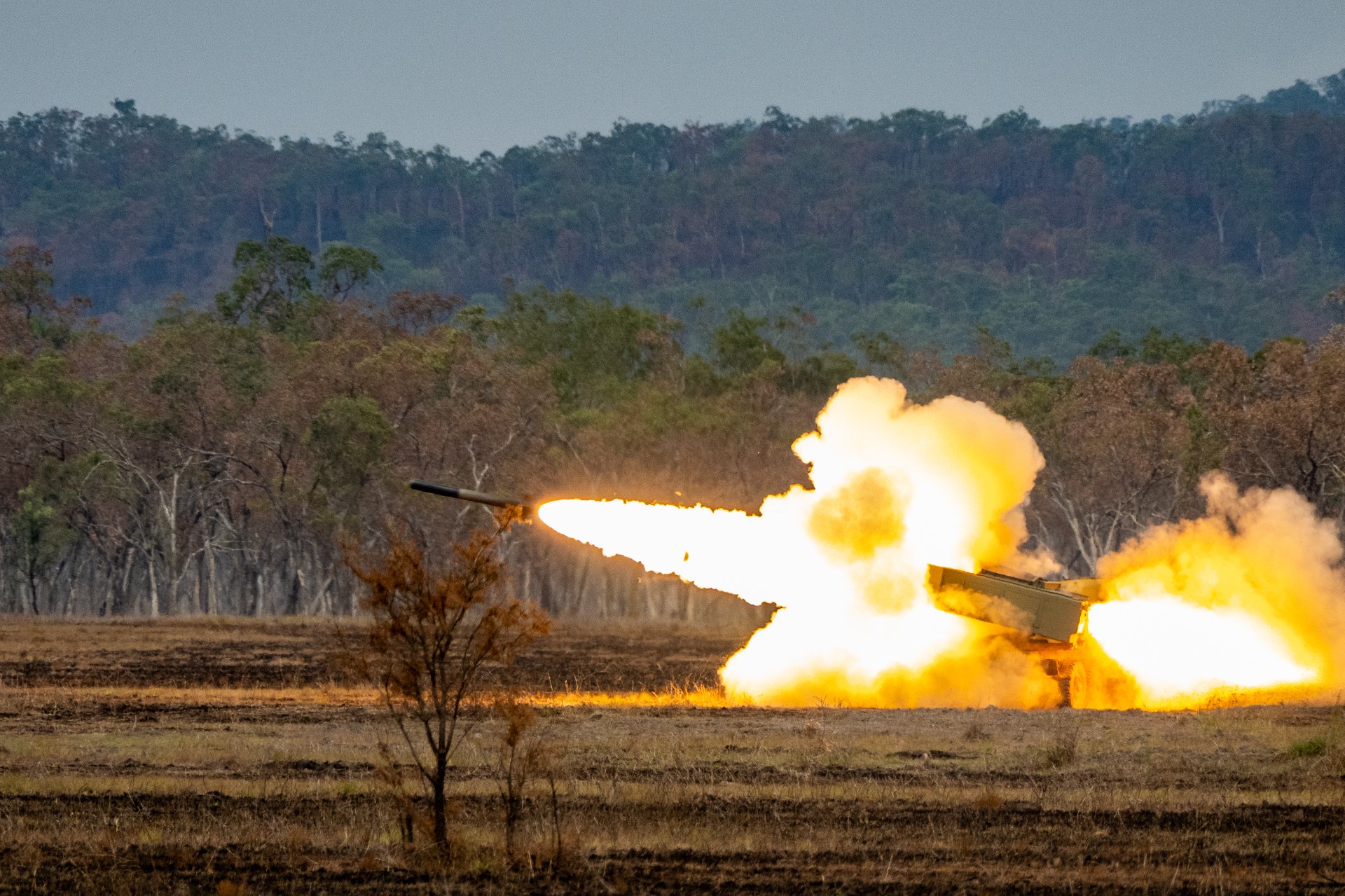
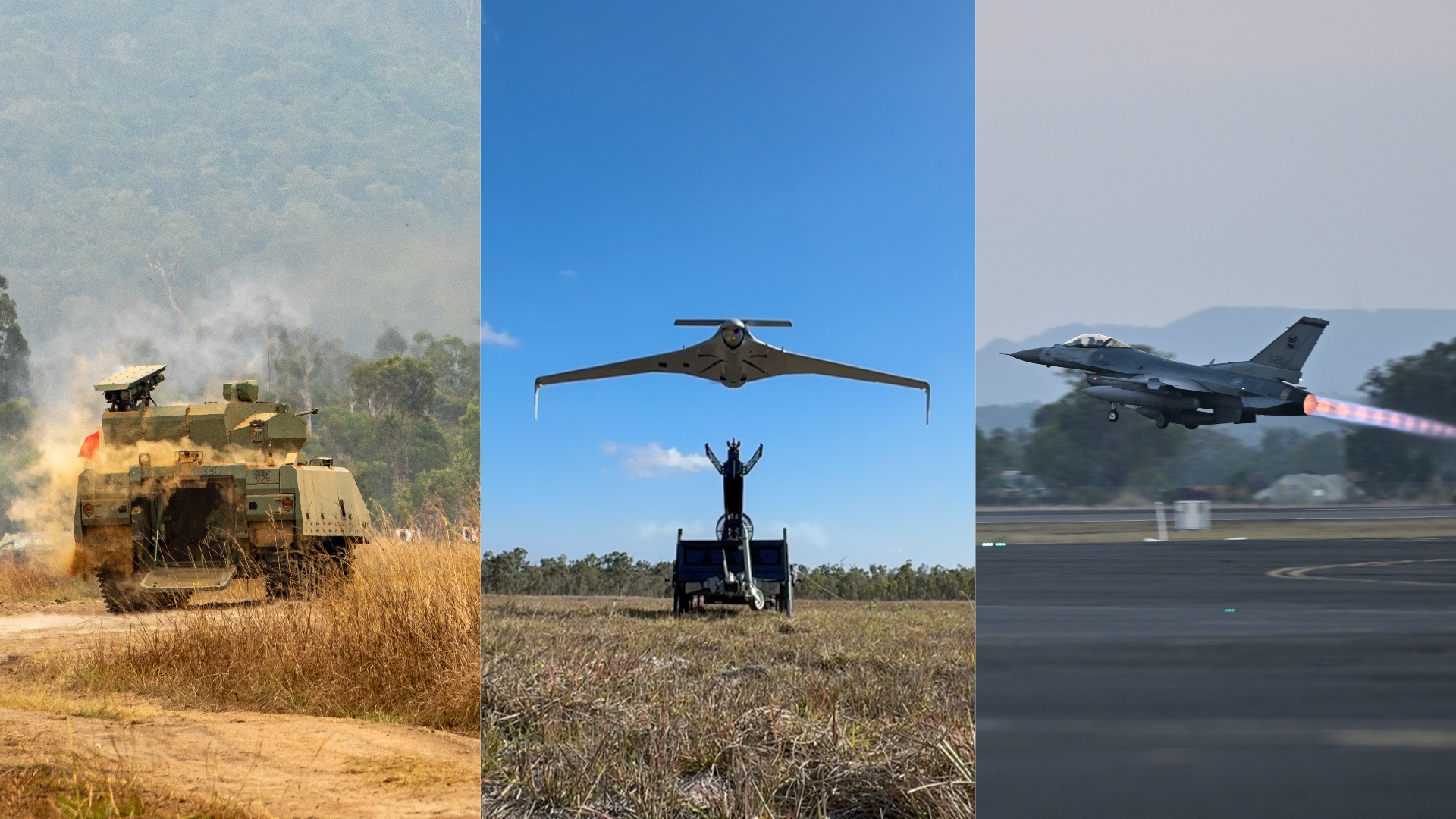
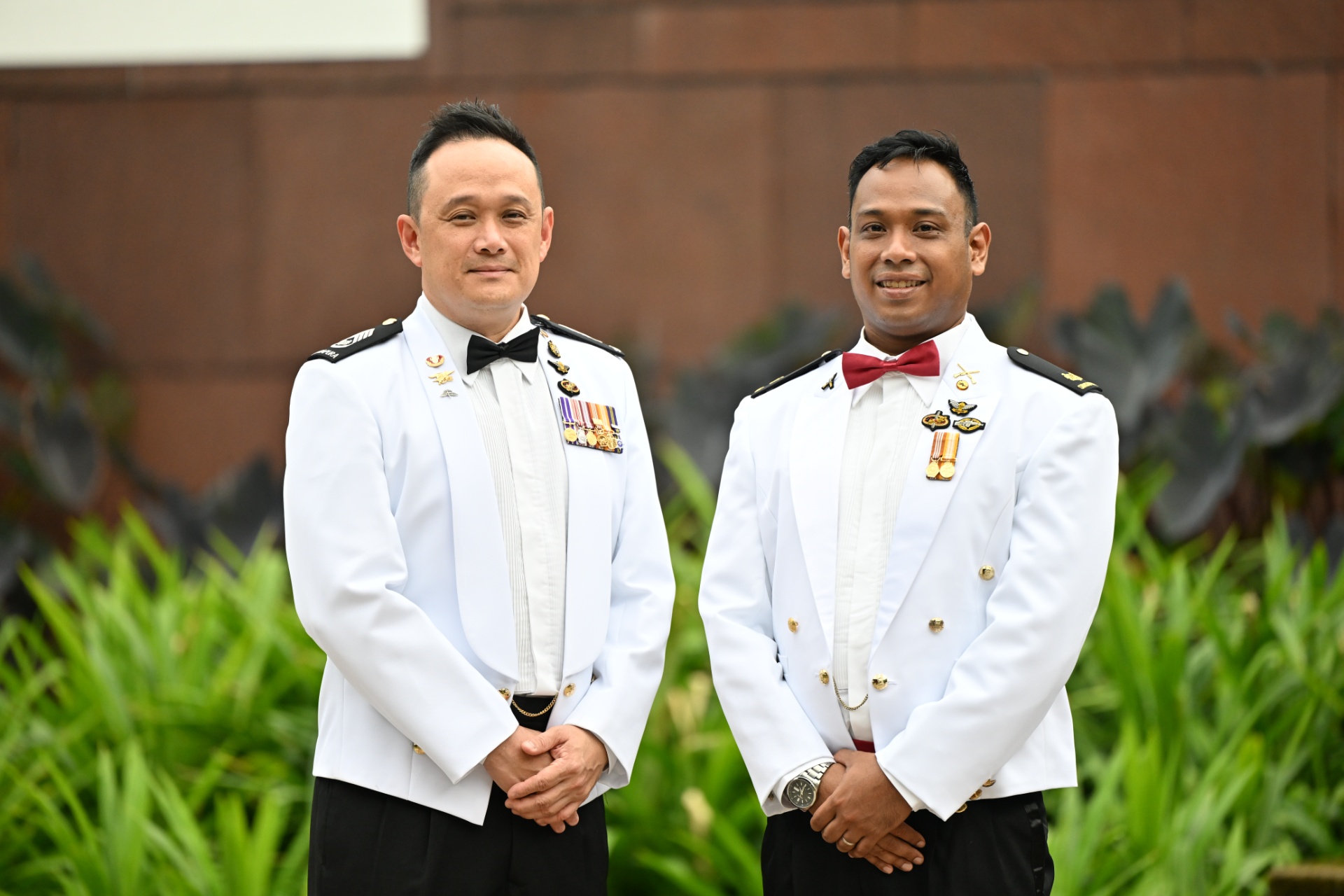
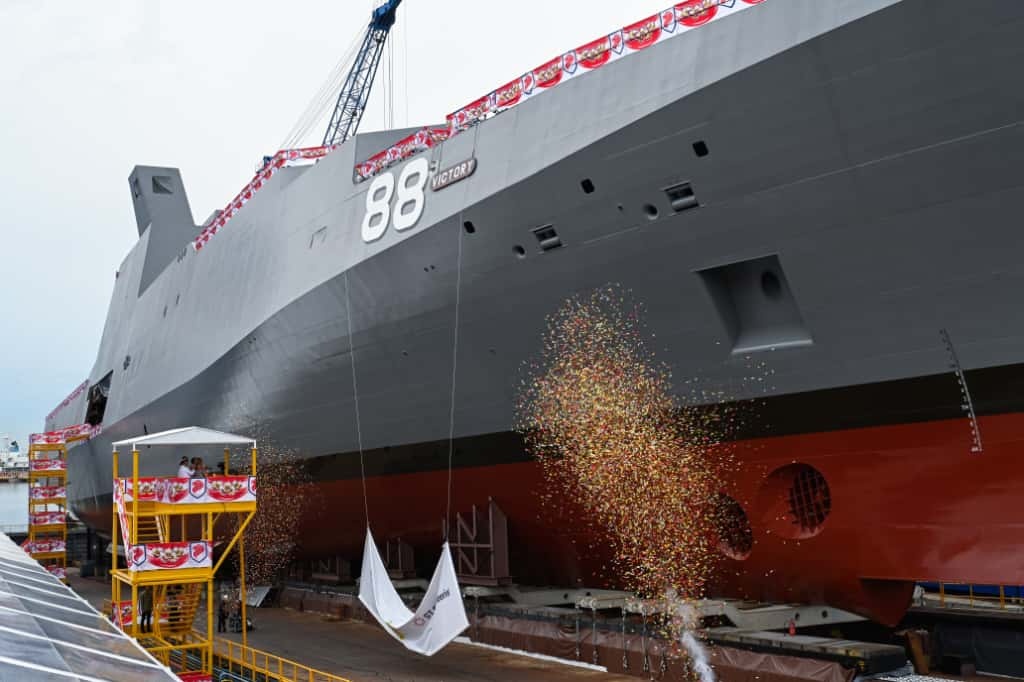
-dsc_2181.jpg?sfvrsn=cf8a503f_1)
